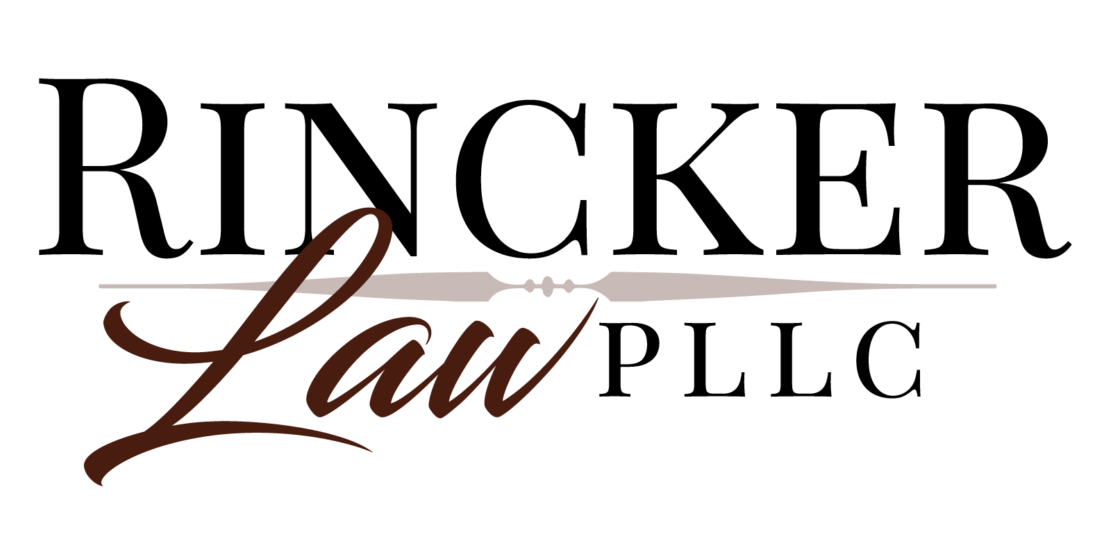At one point or another, most food and agriculture operations form a partnership with another person or entity. Perhaps it is a partnership on a single head of livestock (e.g., stallion, bull, boar, show heifer) or perhaps it is a more long-term partnership where profits and losses will be shared among family members or multiple people and entities.
Partnerships can happen when two or more people conduct business and share profits. Traditionally, the partnership’s profits or losses pass through to the partners on either a predetermined percentage or in accordance with their contributions to the partnership. There is no taxation on gain at the partnership level; instead, each individual pays tax on the amount of gain that passes through to him or her individually, avoiding the double taxation of the C-Corp. However, each partner is personally liable for the partnership’s debts and each one is fully responsible for the actions of the other partners.
There are two types of partnerships: general partnerships and limited partnerships.
General Partnerships
A general partnership is formed when two or more people go into business to share profits – not necessarily losses, but to share profits. If you are currently sharing profits with another person or entity then you might be in a general partnership. You don’t have to intend to form the partnership- if you are sharing profits and you did not create a formal business entity then the law forms it for you.
As the name infers, there must be at least two members of a general partnership. Please note that the “partners” do not have to be individuals– they could be other business entities such as corporations, limited liability companies, trusts, partnerships, or DBA’s.
Among every type of business organization, the general partnership also offers agriculture producers the greatest flexibility. As a caveat, the general partners are jointly and severally liable for the debts of the partnership whereas other types of formal business entities may shield owners from personal liability (i.e., the “corporate shield”). Furthermore, each partner has the ability to bind the partnership without the express written consent of all partners.
Limited Partnerships
Pursuant to NY Partnership Law, a limited partnership or a family limited partnership (“FLP”) includes at least one general partner and at least one limited partner. The general partners are really the ones “running the show” by controlling most business operations including day-to-day responsibilities; however, that control comes at a price. General partners have unlimited personal liability for all debts, liabilities and obligations of the limited partnership. Please note that a general partner need not have the largest ownership share — even with a small share (e.g., 1-2%), a general partner has most of the control.
Conversely, limited partners have a liability shield for the debts, liabilities and obligations of the limited partnership. Here again, this comes at a price. When receiving this liability shield, the limited partners give up their control in the business operations and receive limited voting rights on certain activities such as the admission of new partners or on the dissolution and liquidation of the limited partnership. If any of the limited partners become involved with the day-to-day operations then they may lose their liability shield.
Every food and agriculture operation should talk about choice of business entities with an attorney. A partnership might not be right choice at all-perhaps it is better to form a limited liability company or corporation. For more information on business entities, check out my book on Amazon.com.

